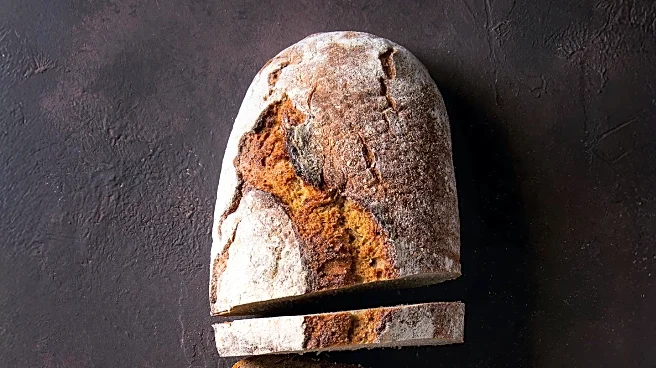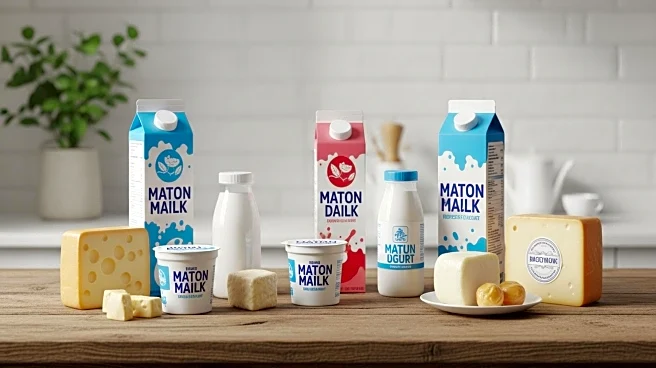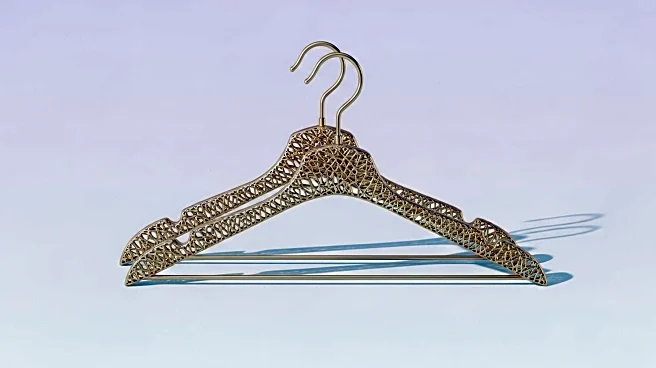What is the story about?
What's Happening?
Olive loaf, a processed deli meat popular from the 1940s to the 1970s, is fading from American grocery shelves. Known for its distinctive appearance with embedded green olives and red pimentos, olive loaf was once a staple in lunchboxes. Its decline began in the 1970s due to growing health concerns over processed meats and changing consumer preferences towards fresh and natural foods. Despite its nostalgic value, olive loaf has not maintained the cultural significance of other processed foods like Spam.
Why It's Important?
The decline of olive loaf reflects broader shifts in consumer behavior and health consciousness. As Americans increasingly prioritize health and wellness, products perceived as unhealthy face reduced demand. This trend impacts food manufacturers and retailers, who must adapt to changing preferences by offering healthier options. The nostalgia associated with olive loaf highlights the cultural and emotional connections people have with food, influencing marketing strategies that leverage these sentiments.
What's Next?
A revival of olive loaf seems unlikely unless rebranded as a healthier, nostalgia-driven product. Manufacturers might explore options like reducing sodium and preservatives or offering plant-based alternatives. The focus on nostalgia marketing could potentially rekindle interest, but overcoming its visual and textural oddness remains a challenge. As consumer preferences continue to evolve, food companies will need to innovate to meet demands for healthier and more diverse options.
Beyond the Headlines
The story of olive loaf underscores the impact of cultural shifts on food consumption. It highlights how historical and emotional factors can influence food trends, and the role of marketing in reviving or sustaining interest in traditional products. The decline of olive loaf also raises questions about the sustainability of processed foods in modern diets, prompting discussions on food production and health implications.
AI Generated Content
Do you find this article useful?













